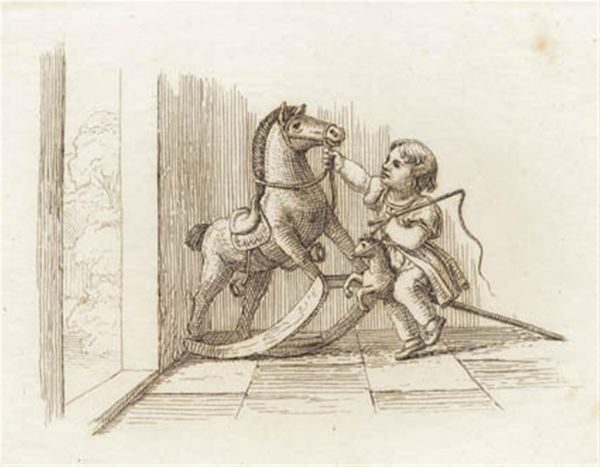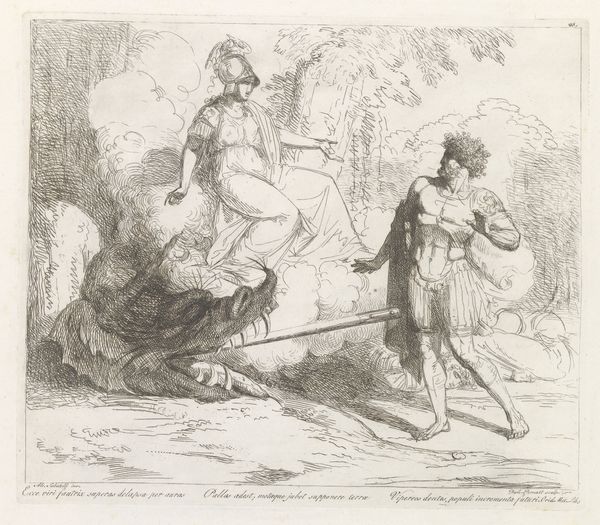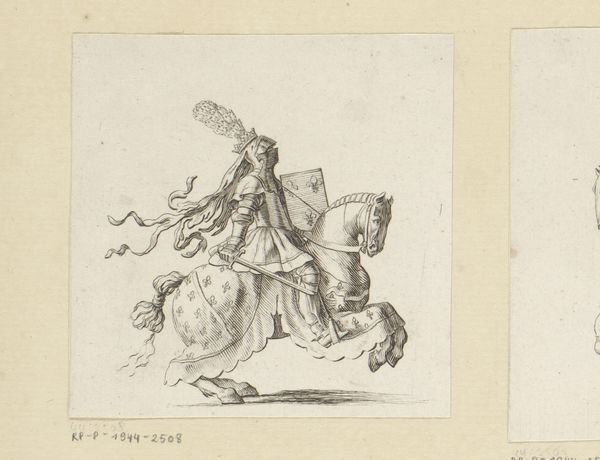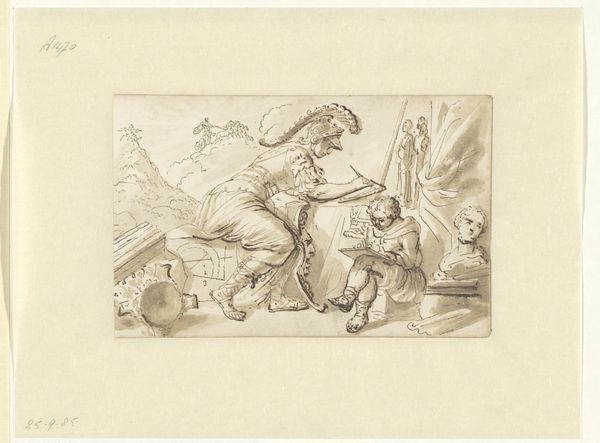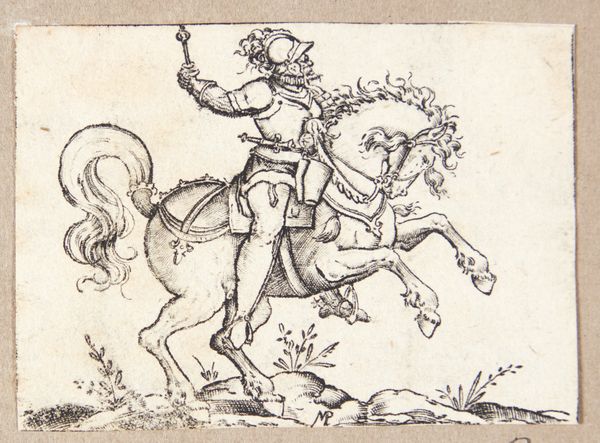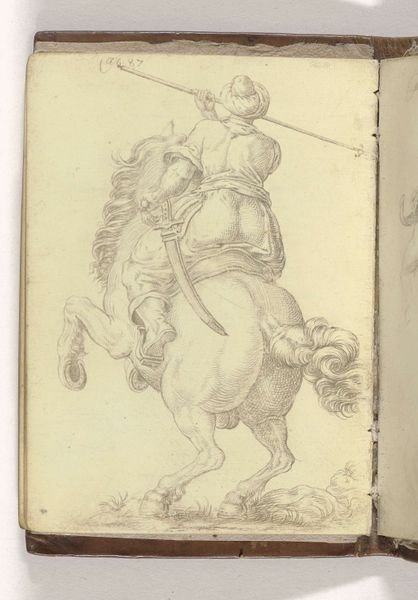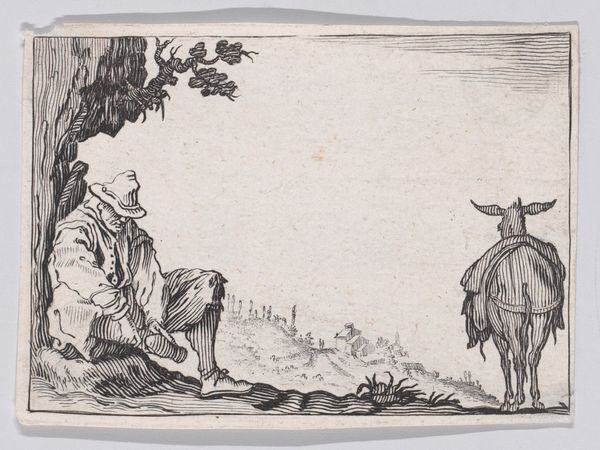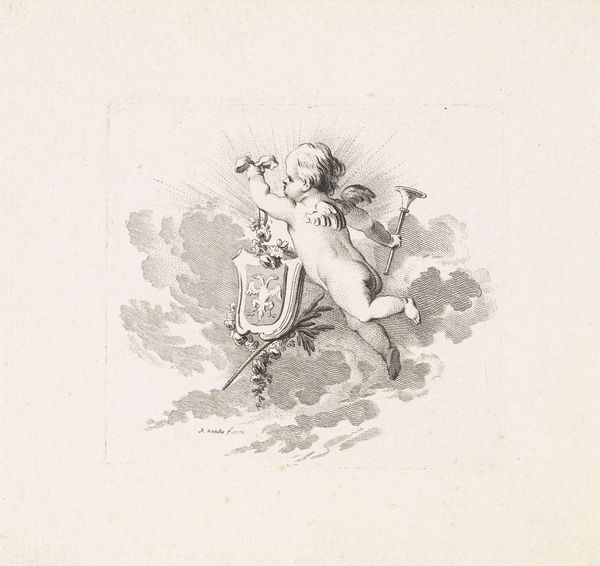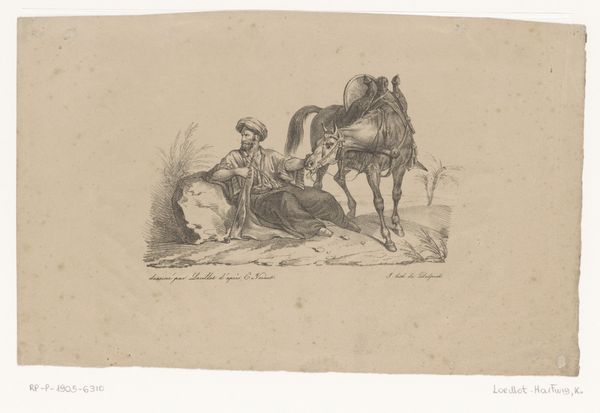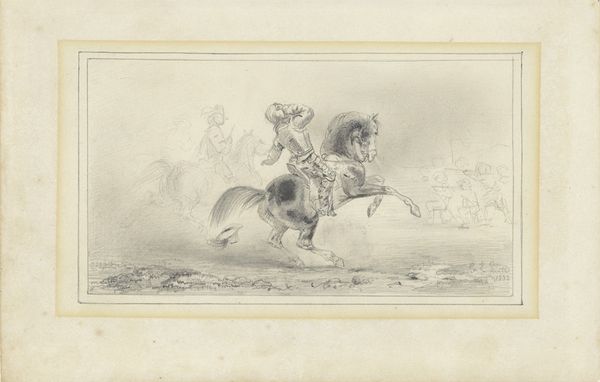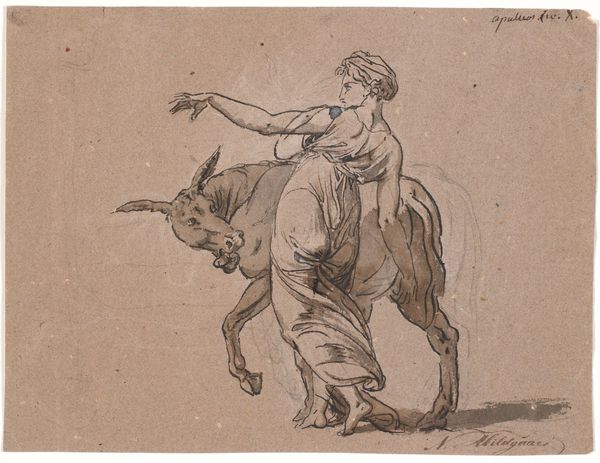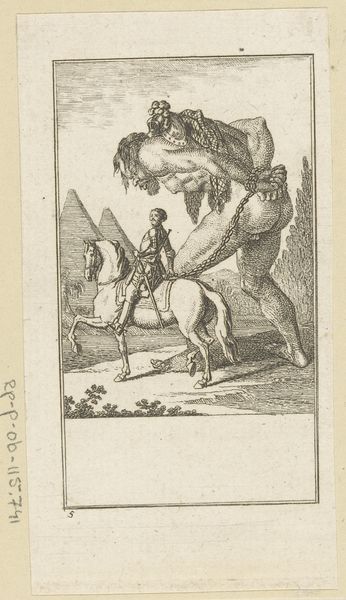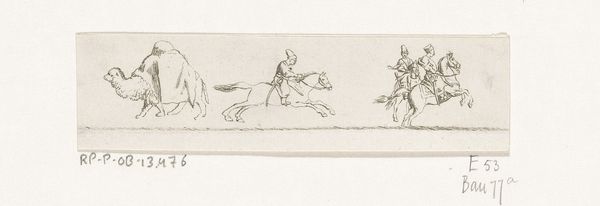
Illustration til "Halvhundrede Fabler for Børn" af Hey 1834
0:00
0:00
drawing, print, pencil, engraving
#
drawing
#
narrative-art
# print
#
figuration
#
pencil
#
line
#
genre-painting
#
engraving
Dimensions: 105 mm (height) x 133 mm (width) (bladmaal)
Editor: This is Martinus Rørbye's "Illustration til "Halvhundrede Fabler for Børn" af Hey," created around 1834 using drawing, print, pencil and engraving techniques. I find its intimate portrayal of childhood charming. What societal values about children at the time might this reveal? Curator: Indeed. Consider this piece within the burgeoning genre of domestic scenes at the time, reflecting the increasing emphasis on the nuclear family in early 19th-century Europe. Note the controlled interior space and how it presents a safe environment for children. Do you see any idealization? Editor: Definitely! The child is presented as cherubic and innocent, focused on play. I wonder, would poorer families have been able to depict childhood like this? Curator: Exactly. This image is accessible to a particular segment of society: the rising middle class, and perhaps upper class. Prints and engravings, circulating widely, thus become tools for disseminating aspirations and solidifying class distinctions. The availability of this image in print format makes its messages about childhood widely accessible. Consider the public role art took in communicating evolving concepts of childhood. Editor: That's a compelling point. It’s interesting how this image, ostensibly simple, speaks volumes about societal structure through the portrayal of everyday life. Curator: And what does the medium - drawing and print - lend to the democratisation of such imagery and ideology? Editor: I guess by being more widely produced than paintings or sculptures. Curator: Precisely! Thinking about it in terms of social history really transforms our understanding of its simple depiction of childhood, doesn't it? Editor: Absolutely! I’ve definitely learned to consider the audience and broader socio-political context that shaped both the creation and the reception of the work.
Comments
No comments
Be the first to comment and join the conversation on the ultimate creative platform.
